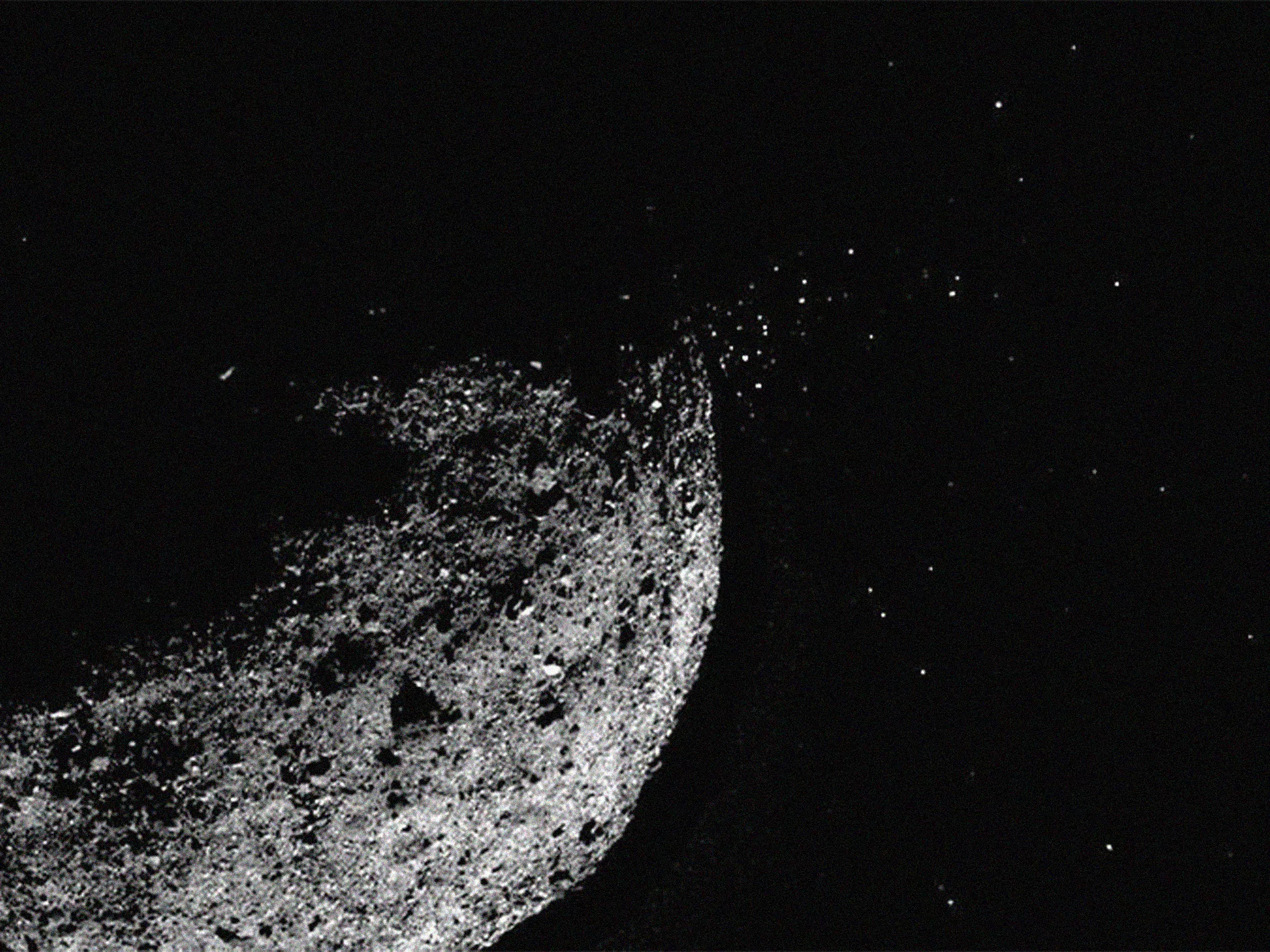«Asteroid 2015 RN35 is large enough and will fly very close so that amateur astronomers can observe it,» scientists say.
It was called the «Christmas asteroid» and specified that it reaches 140 m in diameter.
Residents of the Southern hemisphere of the Earth will be able to observe it.
It is reported that the asteroid will approach our planet at a distance of 680 thousand km, so it does not pose a danger to humanity in the near future.
